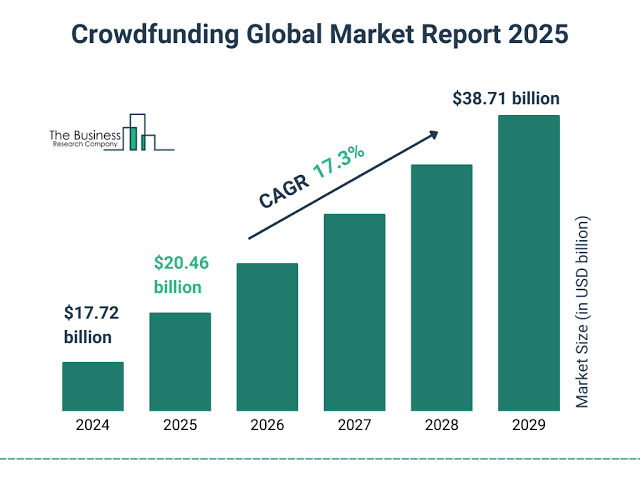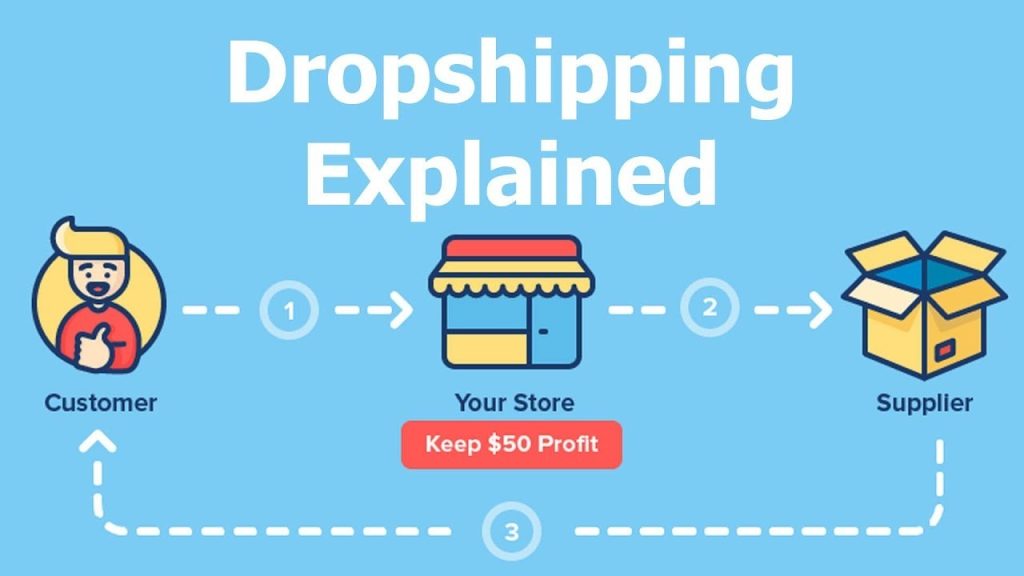Tip 1: Crowdfunding
Starting a business is a dream for many people, but the fear of financial failure can be overwhelming. However, starting a business with no money isn’t impossible; it just requires a bit of creativity and determination.
Crowdfunding has become an increasingly popular way for entrepreneurs to launch their business ideas. Platforms like Kickstarter and Indiegogo provide a simple and effective way to pitch your idea and connect with potential backers who are interested in supporting your project. However, to be successful with crowdfunding, it’s essential to have a compelling pitch and a well-designed campaign page. Here are some tips for creating an effective crowdfunding campaign:

· Make a compelling, short video that clearly explains your idea and why it’s worth funding.
· Provide backers with rewards or perks based on their level of contribution, such as early access to the product, exclusive content, or branded merchandise.
· Provide detailed information about your project, including the budget, timeline, and any risks associated with the project.
· Respond to comments and questions promptly, and keep backers updated on the progress of the campaign.
· Share your campaign on social media and ask your friends, family, and colleagues to share it with their networks.
Tip 2: Leveraging Your Network.
Your network is your net worth. When it comes to launching a business, your personal and professional relationships can be the difference between success and failure. It’s time to tap into the power of your network and turn those connections into invaluable resources for your startup journey.
Leveraging your personal and professional networks can be an effective way to find investors, customers, or collaborators for your business. People are often more willing to help or invest in a business when they have a personal connection to the entrepreneur. Here are some tips for using your network to get your business off the ground:

· Create a list of everyone you know, including friends, family, colleagues, former classmates, and business contacts.
· Contact the people on your list and explain your business idea. Ask if they know anyone who might be interested in investing or working with you.
· Attend industry events, trade shows, and networking mixers to meet potential investors, customers, or collaborators.
· Use social media platforms like LinkedIn and Twitter to connect with people in your industry and share updates about your business.
· Follow up with potential investors and partners regularly.
In the end, building and leveraging your network is about creating genuine relationships that can mutually benefit both parties. By nurturing your connections, being proactive, and staying persistent, you’ll find yourself with the support and resources you need to make your business dreams a reality.
Tip 3: Bootstrapping
Starting a business can be costly, but with bootstrapping, you can minimize your financial risk. This method involves using personal savings, cutting back on expenses, and utilizing cost-effective strategies to launch your business. Here are some tips to follow:

• Cut back on personal expenses and allocate your savings for business expenses.
• Use low-cost or free marketing channels, like social media or word-of-mouth.
• Network with other entrepreneurs to learn from their experiences and collaborate on projects.
• Look for free or low-cost resources, such as online courses, business incubators, or co-working spaces.
• Consider a minimum viable product (MVP) approach where you test your idea or product with a small group of customers to gather feedback and make improvements before launching on a larger scale.
Bootstrapping can be challenging, but with determination and a solid business plan, it’s a viable option for entrepreneurs who don’t have access to capital.
Tip 4: Affiliate Marketing: A Path to Profits with No Investment
Affiliate marketing is an income-generating method that involves promoting products or services in exchange for a commission on sales. As an affiliate marketer, you act as a salesperson for a product or service, without owning or managing the product itself. Here are steps to follow:

• Identify a niche or product that aligns with your interests and expertise. This will make it easier to create valuable content that resonates with your audience.
• Research affiliate programs related to your chosen niche. Look for reputable, high-converting products that offer fair commission rates.
• Build a website, blog, or social media profile where you can share affiliate links and promote your chosen products. Focus on providing high-quality, helpful content that builds trust with your audience.
• Choose the right platforms and marketing methods to reach your target audience, such as email marketing, paid advertising, or influencer marketing.
• Track your affiliate links and analytics to understand what’s working and what’s not.
Affiliate marketing is a lucrative opportunity for entrepreneurs with limited funds. By finding the right products and targeting the right audience, you can build a profitable business without significant upfront investment. It requires hard work, dedication, and constant learning, but the potential rewards can be substantial.
Tip 5: Dropshipping: How to Start a Business without Inventory
Dropshipping is a business model where you act as the middleman between the customer and the supplier. When a customer makes a purchase from your online store, you purchase the item from the supplier at a lower price and have it shipped directly to the customer. This means you don’t need to hold any inventory, keeping your costs low and giving you more flexibility to test different products. Here are steps to follow:

• Research potential products and suppliers. Look for products with high demand and low competition, and find reliable suppliers who offer high-quality products at competitive prices.
• Set up your online store. Create an eCommerce website or sell on marketplaces like eBay, Amazon, or Shopify. Consider branding your store to make it stand out from the competition.
• Drive traffic to your store. Use various marketing techniques, such as social media marketing, paid advertising, or content marketing, to attract potential customers to your website.
• Process orders and handle customer service. When a customer places an order, you simply forward the order information to the supplier, who then ships the item directly to the customer.
• Analyze your performance and optimize your store.
Dropshipping is a great way to start a business without a large investment. You can test different products, build your customer base, and grow your business with minimal risk. However, it requires careful research, marketing skills, and ongoing management to be successful. With the right approach, dropshipping can be a lucrative venture that allows you to work from anywhere with an internet connection.
The world of entrepreneurship is a vibrant mix of opportunities and challenges. Crowdfunding, Leveraging your network, Bootstrapping, affiliate marketing, and dropshipping are five methods that can help you launch a business without significant upfront investment. Each method has its strengths and challenges, so it’s important to evaluate which is best suited for your skills and goals.
Remember to focus on providing value, building relationships, and staying adaptable in your business journey. With hard work, patience, and a bit of creativity, you can turn your business dreams into reality!



